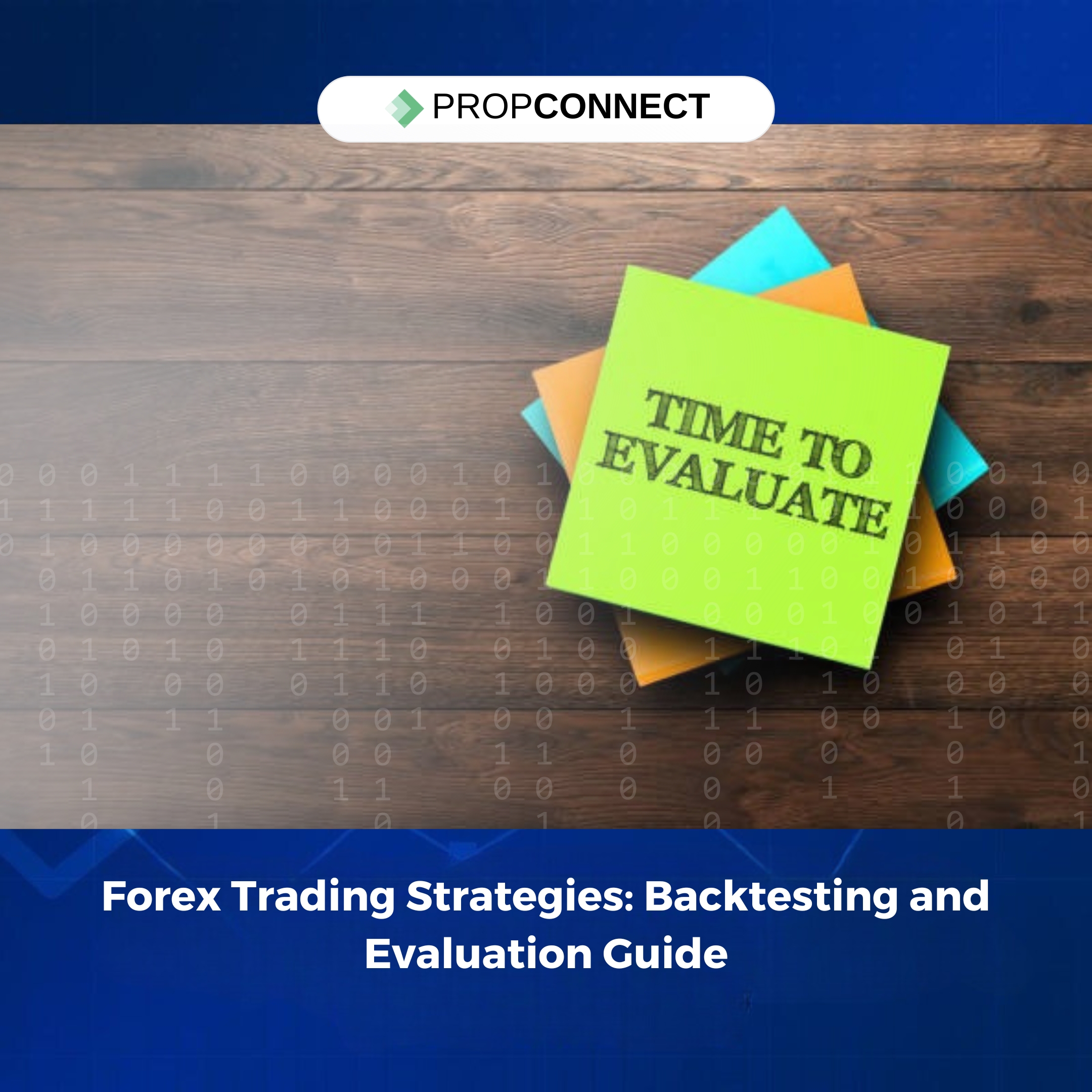Articles
Forex Trading Strategies: Backtesting and Evaluation Guide
The dynamic nature of the forex market necessitates adaptability, continual learning, and a commitment to improving strategies in response to evolving conditions. By combining historical analysis and real-time performance reports, traders can manage the complexities of forex trading with skill.

Forex Trading Strategies: Backtesting and Evaluation Guide
The effectiveness of the strategies used determines how well a dynamic undertaking like forex trading performs. Traders employ diverse ways to negotiate the complexities of the foreign exchange market, and it is imperative to verify their strategies. In this lengthy post, we examine the essential elements of performance evaluation and Backtesting, which are crucial tools for ensuring the precision and profitability of forex trading systems.
Being Aware of Backtesting
Backtesting is the process of modeling a trading strategy from the past and evaluating its performance using previous market data. It gives traders the ability to assess a strategy's success within a certain historical context. Its primary objectives are to determine the strategy's benefits and drawbacks, adjust its parameters, and project its potential effectiveness in the current and future market environments.
Data Selection: First, choose a relevant and appropriate historical dataset. Make sure the data takes into account a variety of market scenarios while evaluating a strategy's flexibility.
Platform Selection: Pick a trustworthy Backtesting platform that is appropriate for the strategy's complexity and preferred instruments. Well-known platforms include TradingView, MetaTrader, and specialized algorithmic trading platforms.
Implementing the Strategy: Either type the trading plan into a code or upload it to the platform of your choice.
Indicate in plain language where to enter and exit, the rules for risk management, and any other relevant information.
Backtest Execution: To allow the platform to simulate trades using the chosen strategy, use historical data for the backtest.
Analyze the results, keeping in mind the profit/loss, drawdown, and win/lost proportions.
While Backtesting provides useful information, evaluation of performance goes beyond historical simulations. It entails keeping a tight eye on the strategy, either in real time or via a demo account, taking into account different aspects that are important for long-term success.
Risk-Correct Returns: Analyze the strategy's returns in light of the risks involved
When assessing how efficient returns are in relation to volatility, risk-accounting metrics like the Sharpe ratio are helpful.
It's critical to keep the win rate and the risk-reward ratio in balance. A negative risk-reward ratio could jeopardize a good victory rate.
Analyze strategy drawdowns, or the periods of time between a profit and a loss. To safeguard capital in erratic markets, manage drawdowns well.
Robustness and Consistency: In a variety of market conditions, a robust strategy performs well. Make sure that the plan is sound and remains effective in a variety of circumstances.
Typical Errors in Backtesting and Performance Evaluation:
Avoid over-optimization, which might result in subpar real-time performance, by not overfitting the strategy to historical data.
Aim for a balance that captures the key concepts of the plan without being unduly reliant on the past.
Ignoring Transaction Costs: In order to replicate real-world trading scenarios, backtesting should account for transaction costs. Ignoring transaction costs might lead to an overestimation of earnings.
If the performance evaluation does not account for the difference between the actual and expected execution prices, it may mislead the findings.
Not Making the Adjustments: It is imperative to conduct regular reviews and updates of strategies in response to evolving market conditions. Strategies ought to evolve with the market.
Constant Improvement and Adaptation: Successful forex traders understand that the market is dynamic and work to constantly improve their strategies. They often examine and tweak their approaches in response to shifting market conditions and performance evaluations. They plan to accomplish that by doing the following:
Recognizing Errors: Analyze trades and drawdowns that don't work so that you can learn from them. Identify patterns or circumstances that lead to subpar outcomes.
Market Awareness: Stay up-to-date on changes in global markets and economic trends.
Adjust the strategy based on fundamental and technical analysis.
Consider new Information: Central bank policies, geopolitical developments, and macroeconomic variables. Take in fresh knowledge and adapt to changing market conditions.
In conclusion, Verifying forex trading strategies through Backtesting and performance evaluations is a time-consuming but essential process. By consistently using these approaches, traders can increase their chances of long-term performance, gain a comprehensive understanding of their tactics, and identify areas for development. The dynamic nature of the forex market necessitates adaptability, continual learning, and a commitment to improving strategies in response to evolving conditions. By combining historical analysis and real-time performance reports, traders can manage the complexities of forex trading with skill.

